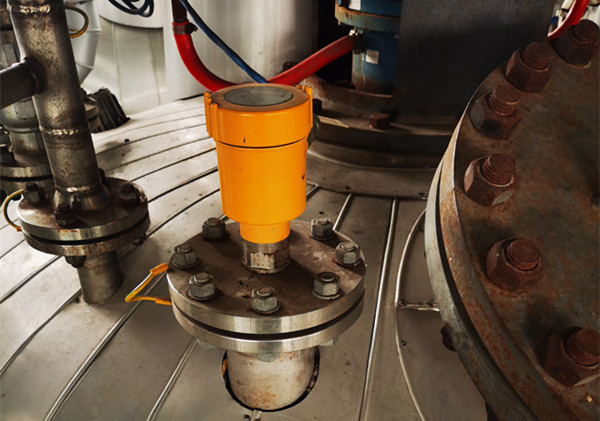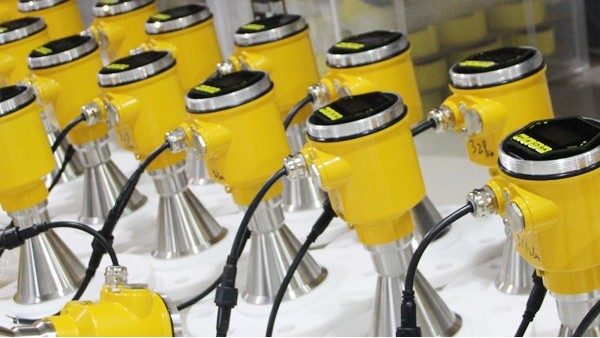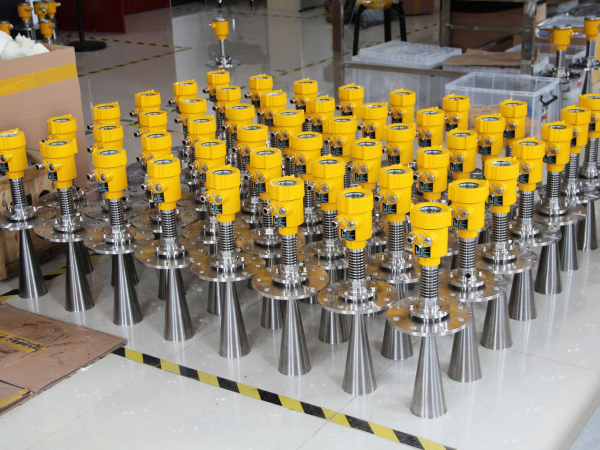As an advanced level measurement instrument in modern industry, the radar level meter is widely used in various fields due to its accuracy and reliability. Particularly in the petrochemical industry, the application of radar level meters is of critical importance for the measurement of deaerator liquid levels. This article will delve into the practical application of radar level meters in deaerator level measurement and highlight its advantages.

The deaerator is primarily used to remove gases from liquids to prevent potential system issues such as corrosion and reduced heat exchange efficiency. Therefore, accurately measuring the liquid level in the deaerator is critical to ensuring the stable operation of the entire system. The working principle of the radar level meter is based on microwave technology, which measures distance by emitting microwave signals and receiving the reflected signals. This non-contact measurement method allows the radar level meter to perform exceptionally well in measuring liquids containing foam, steam, or volatile substances, providing more precise measurement results.

In the measurement of deaerator liquid levels, the application of radar level meters has distinct advantages. During the deaeration process, a large number of bubbles may be generated, which can significantly affect the accuracy of traditional level meters. However, radar level meters can effectively avoid this issue, as their microwave signals can penetrate bubbles and directly measure the actual liquid level. Additionally, radar level meters offer easy installation, low maintenance costs, and the ability to function in harsh environments.
However, their application also faces some challenges. For example, if heavy deposits accumulate on the inner walls of the deaerator, they may interfere with the reflection of microwave signals, thereby affecting the accuracy of the measurement results. Extreme temperature fluctuations can also impact the performance of radar level meters. To address these issues, some advanced radar level meters use high-frequency microwave technology, improving measurement resolution and stability.
Moreover, the use of advanced materials and technologies has enhanced the durability of radar level meters in harsh environments. Regular maintenance and calibration are also critical measures to ensure measurement accuracy.

In practical industrial applications, radar level meters have become the preferred tool for measuring deaerator liquid levels. Research conducted among several petrochemical companies has revealed that the adoption of radar level meters has not only improved measurement accuracy but also significantly reduced maintenance costs and downtime.
The application of radar level meters in deaerator liquid level measurement showcases its unique advantages and irreplaceable position.
